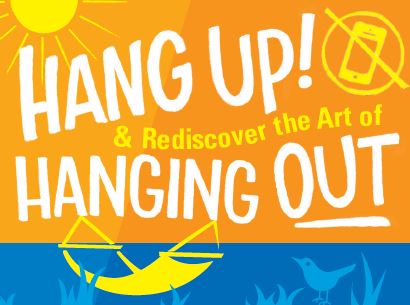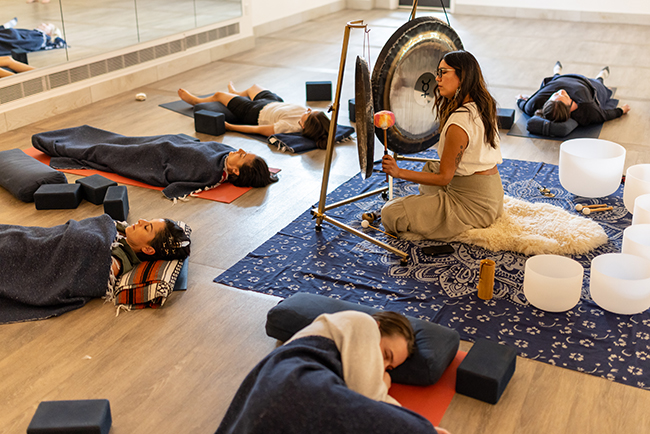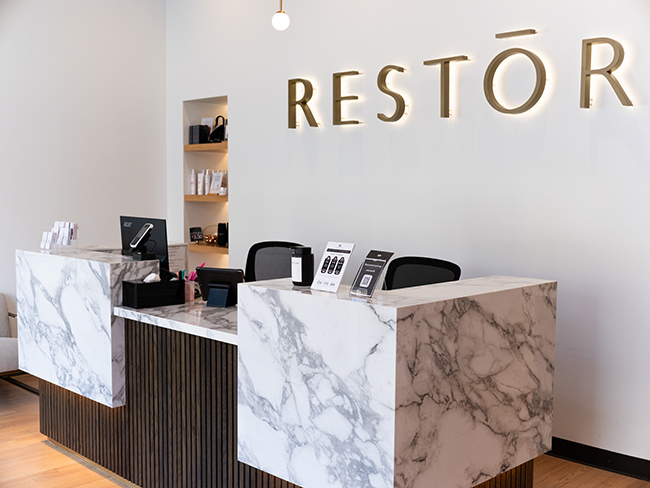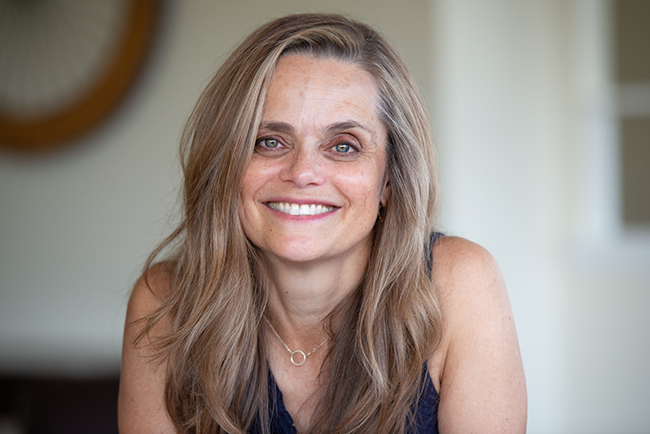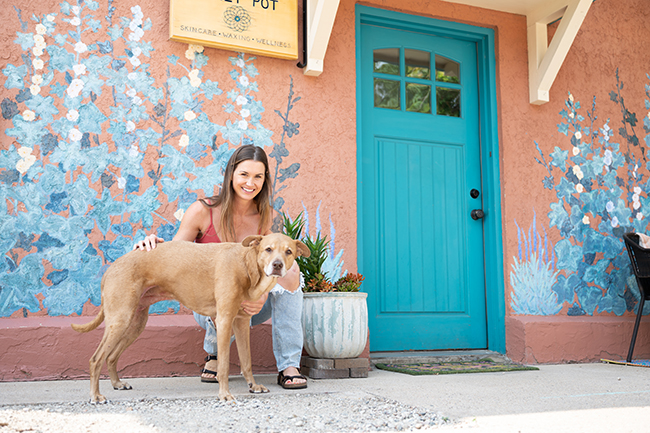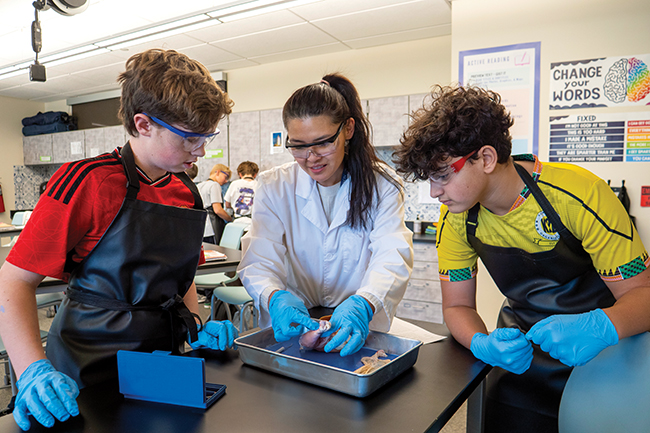Chill Yoga
21 Jun 2015
Super-physical yoga paired with an already stressful life can create physical, emotional and energetic imbalances.
Incorporating passive styles of yoga can help you relax and recharge.
By Amber Erickson Gabbey When Heidi Beachley was healing from an injury several years ago, she had no choice but to slow down. All it took was one injury to change her routine. In an effort to keep moving, she had to find other things to do, and that is exactly how many people encounter “yin” activities. Several Eastern traditions work within the premise of yin and yang, which are com-plementary opposites, like light and dark or black and white. Yang is often described as masculine, active and open. It’s the sun energy. Yin, the moon energy, is feminine, passive and closed. Even though yin and yang are opposing forces, ideally they are balanced. Applying this concept to daily life, many people live in a constant state of yang with stressful jobs, families and social obligations. To unwind, we run, bike or take flow yoga classes. This is yang on top of yang. While exercising to release tension is beneficial, you may need more yin activities in your life to truly relax and recharge. Beachley, a yoga teacher and diver, was heavily yang until a torn meniscus led her to yin yoga. “Once I started taking yin classes, I realized I was missing pieces of yoga with just a yang practice,” the Lafayette resident says. “Yin brought it all together.” The challenge is that our culture values busy yang lifestyles, so we think active, super-physical yoga is best. Realistically, however, yang classes matched with an already too-yang lifestyle create physical, emotional and energetic imbalances. The goal is to find more balance, and incorporating passive styles of yoga can help.Yin Yoga vs. Restorative
The most common passive styles of yoga are restorative and yin. It gets a bit confusing because restorative is a passive or yin activity, but it’s not yin yoga. Yin yoga is a specific style of yoga founded in the 1970s by Paulie Zink and made popular by Sarah Powers, Paul Grilley and Bernie Clark.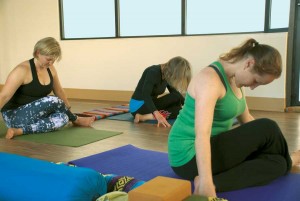
strenuous, but they are held for several minutes to stretch and lengthen connective tissues.
What to Expect in a Yin Yoga Class
Yin classes focus primarily on poses that target the hips, legs and lower back. Most of class is done seated. Yin is unique because rather than working the muscles, the poses stretch and lengthen the fascia—the connective tissues like ligaments and tendons that hold the structure of the body together. The idea is to use time and gravity to open these tissues and supply fresh blood to make them healthier. It takes time to work into the rigid connective tissues, so poses are held from three to five minutes or more. Yin poses can be very deep and often include strong uncomfortable sensations from the long holds. Yin’s slow pace might look easy, but it’s a physically, mentally and emotionally intense practice. Holding poses without muscular effort is a challenge. To access the deep connective tissues, you have to learn to relax completely. Yin classes help improve flexibility, calm the nervous system, increase range of motion, enhance joint lubrication, improve general quality of life, improve awareness/mindfulness and promote feelings of relaxation. Students often report feeling looseness in the hips (from the deep stretches) and profound peacefulness and calm. An unexpected benefit of yin yoga is an enhanced yang practice through increased flexibility and bodily awareness.What to Expect in a Restorative Yoga Class
Restorative is a very gentle and restful class meant to help replenish, recharge and relax. It’s sometimes referred to as adult naptime. Props support the body in seated poses that provide a gentle stretch and deep relaxation. Poses are held for 10 minutes or more. A restorative practice is less physical than yang or even yin yoga, but includes a profound focus on calming the mind and relaxing the body through meditation and breathing. Restorative looks easy because of the slow pace and gentle poses, but it’s mentally and emotionally challenging. The hardest part about restorative classes is staying still and allowing yourself to relax. Every teacher has heard students complain that they’re not doing anything. Beachley understands this complaint as both a teacher and student, but disagrees. “Once people open their minds to yin and restorative, they quickly realize they need it,” she says. “Our bodies, minds and spirits are screaming to calm down and find balance.” Most studios and fitness centers around Boulder County offer at least one yin or restorative class. The hardest part is stepping outside your comfort zone and walking in the door.Amber Erickson Gabbey, M.A., RYT (www.mindfullywritten.com), is a yoga teacher, content marketer and freelance writer. She lives in Rollinsville.


